Natural grass offers numerous advantages over artificial turf for multi-sport fields, encompassing environmental, health, and community benefits.

1. Temperature Regulation
Artificial turf surfaces can become significantly hotter than natural grass, absorbing and reflecting heat, which elevates surrounding temperatures.
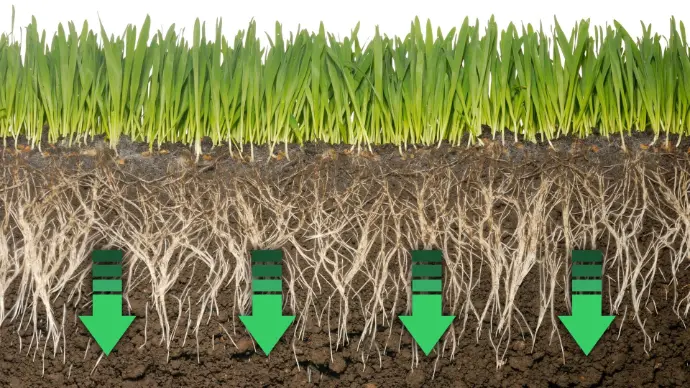
In contrast, natural grass absorbs heat and releases moisture through transpiration, effectively cooling the environment. This cooling effect enhances player comfort and reduces the risk of heat-related illnesses.
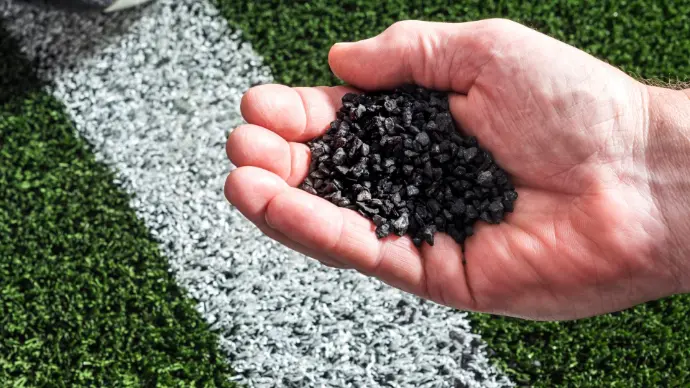
2. Health Considerations
Concerns about artificial turf have led some European countries to ban certain materials used in its construction. For instance, the European Union has banned the sale of products with intentionally added microplastics, including crumb rubber infill commonly used in artificial turf, due to health and environmental risks.
Studies have found that crumb rubber contains potentially harmful chemicals, such as polycyclic aromatic hydrocarbons (PAHs), heavy metals, and phthalates, which can pose health risks upon exposure.
2. Health Considerations
Concerns about artificial turf have led some European countries to ban certain materials used in its construction. For instance, the European Union has banned the sale of products with intentionally added microplastics, including crumb rubber infill commonly used in artificial turf, due to health and environmental risks.
Studies have found that crumb rubber contains potentially harmful chemicals, such as polycyclic aromatic hydrocarbons (PAHs), heavy metals, and phthalates, which can pose health risks upon exposure.
2. Health Considerations
Concerns about artificial turf have led some European countries to ban certain materials used in its construction. For instance, the European Union has banned the sale of products with intentionally added microplastics, including crumb rubber infill commonly used in artificial turf, due to health and environmental risks.
Studies have found that crumb rubber contains potentially harmful chemicals, such as polycyclic aromatic hydrocarbons (PAHs), heavy metals, and phthalates, which can pose health risks upon exposure.

3. Water Management
Natural grass, with its root systems, facilitates water absorption into the soil, reducing runoff and mitigating flooding risks. Conversely, artificial turf is often installed over impermeable bases like concrete, leading to increased rainwater runoff.
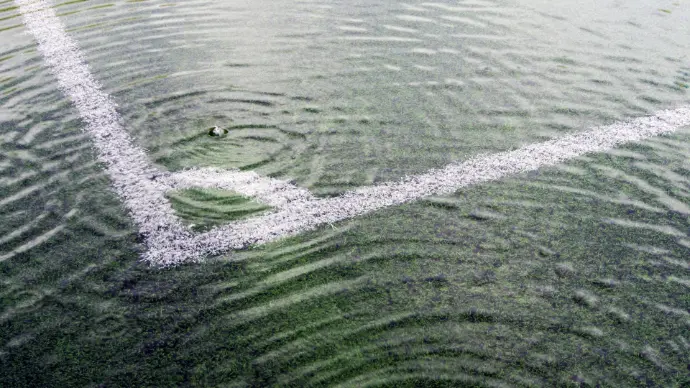
This can exacerbate flooding in urban areas, a concern for cities like Pune, which have experienced flooding events. Responsible landscaping with natural grass can contribute to better stormwater management and flood prevention.
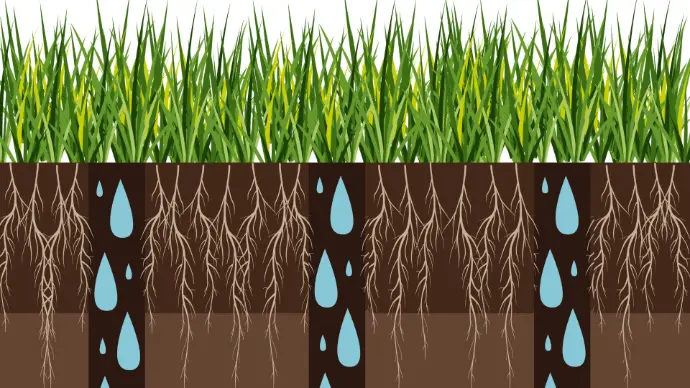
4. Environmental Impact
Artificial turf contributes to microplastic pollution as synthetic grass blades and infill materials can break down and migrate into the environment. This pollution affects waterways and soil health.
Women for a Healthy Environment
Additionally, artificial turf fields have a limited lifespan and often end up in landfills, adding to solid waste concerns. In contrast, natural grass provides habitat for small organisms and supports biodiversity.
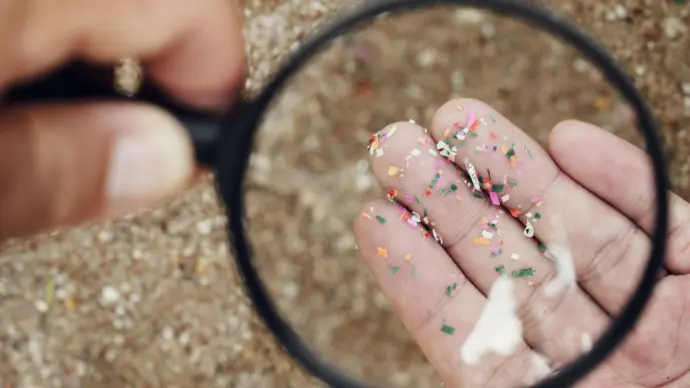

5. Surface Safety and Playability
Artificial turf can lead to increased rates of skin abrasions, commonly known as "turf burns," due to its abrasive surface.
Natural grass offers a softer playing surface, reducing the risk of such injuries. Moreover, natural grass fields can be more forgiving, potentially lowering the risk of certain types of injuries.
6. Community and Aesthetic Value
Natural grass enhances the aesthetic appeal of recreational areas and contributes to community well-being. Green spaces with natural grass promote relaxation and social interaction, fostering a sense of community. They also provide ecosystem services such as carbon sequestration and air purification, contributing to environmental health.
In conclusion, while artificial turf may offer certain conveniences, the benefits of natural grass—including environmental sustainability, health safety, effective water management, and community value—make it a superior choice for multi-sport fields. Opting for natural grass aligns with responsible environmental stewardship and supports the well-being of both individuals and the broader community.
in Urban Landscaping Trends and Technology
